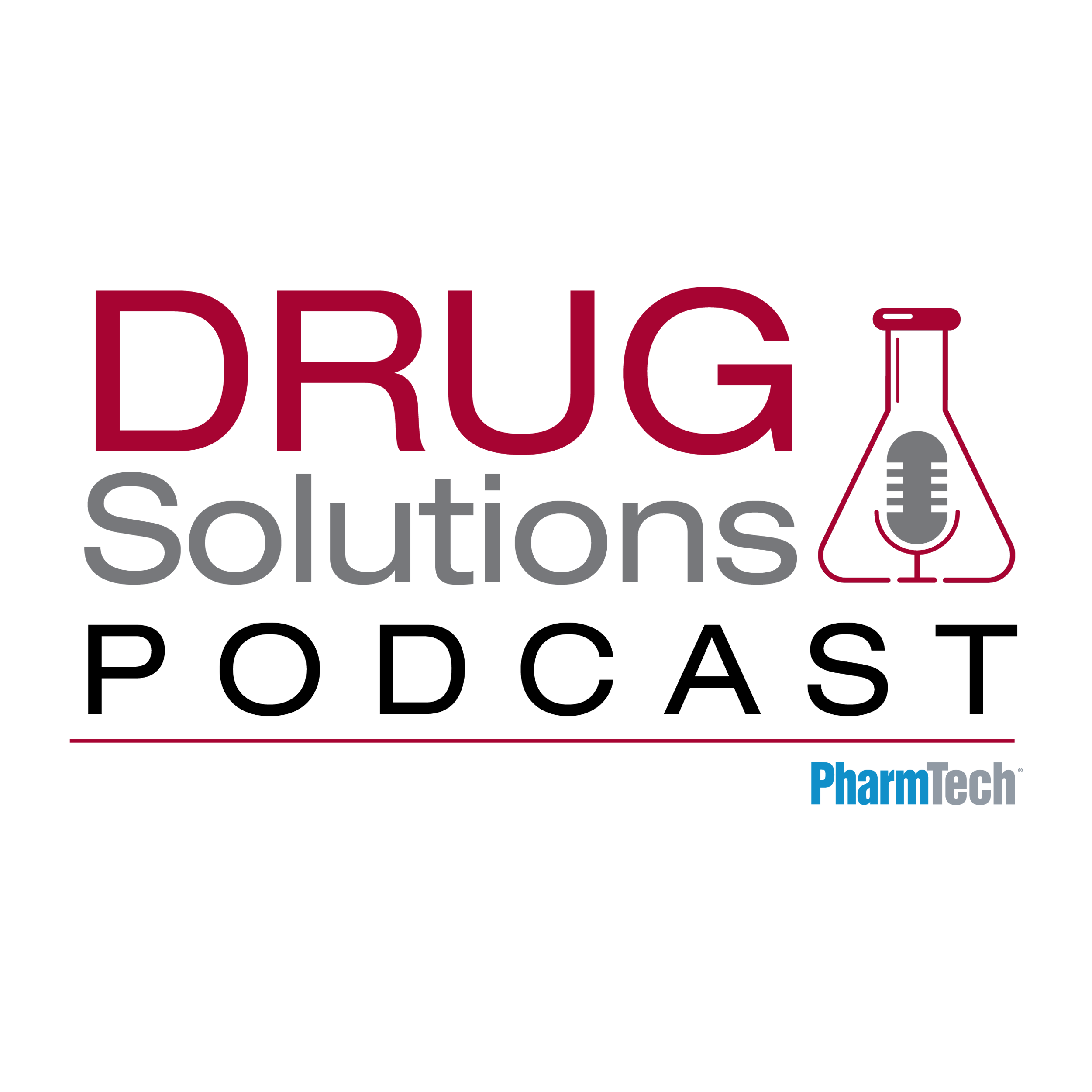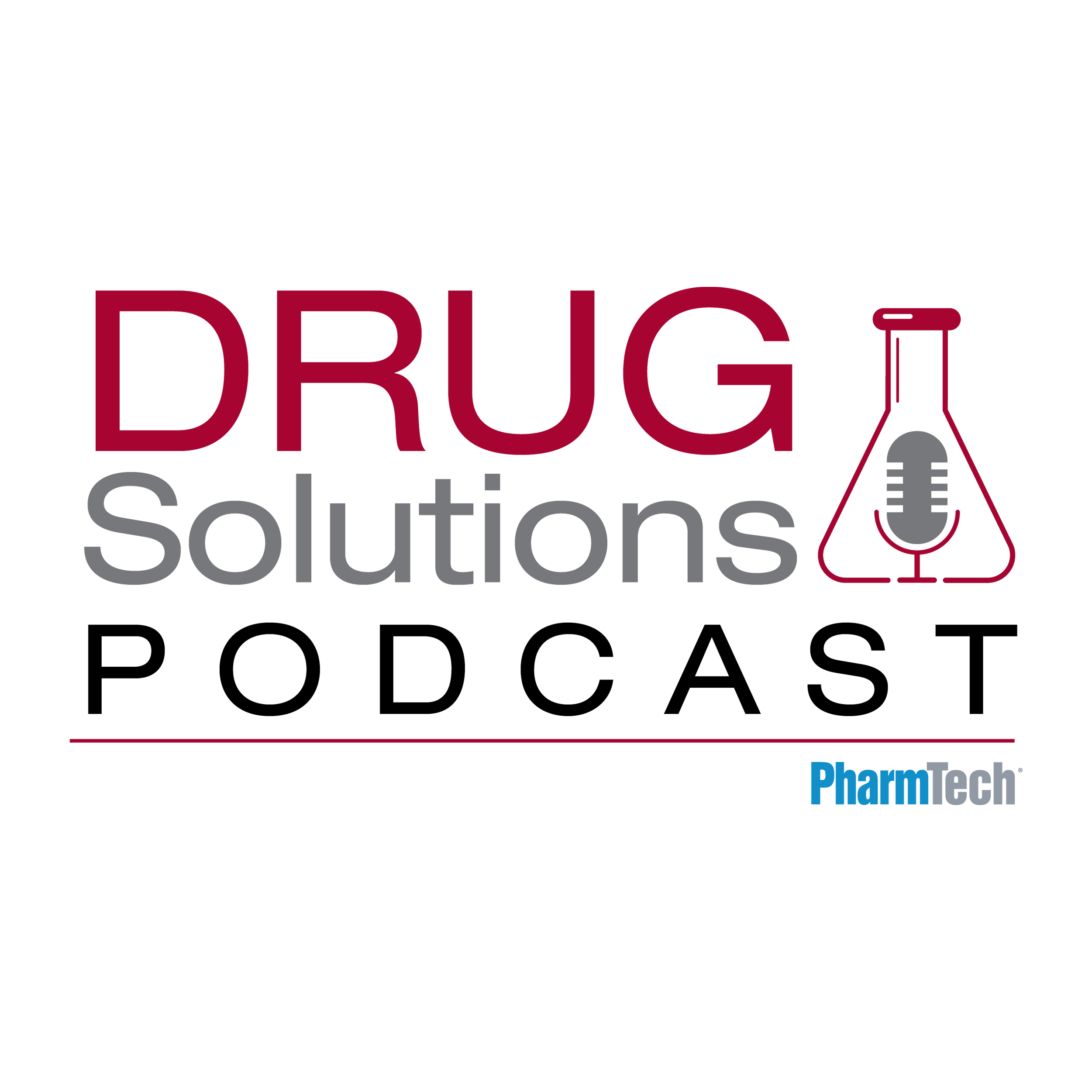Article
ePT--the Electronic Newsletter of Pharmaceutical Technology
Growth of US Prescription Sales Slow in 2008
Author(s):
On March 19, 2009, IMS, the leading provider of market research for the pharmaceutical and healthcare industries, reported that annual sales of prescriptions in the US grew 1.3% from 287.6 billion in 2007 to 291.5 billion in 2008.
On Mar. 19, 2009, IMS, the leading provider of market research for the pharmaceutical and healthcare industries, reported that annual sales of prescriptions in the US grew 1.3% from $287.6 billion in 2007 to $291.5 billion in 2008. According to IMS, sales growth was slower in 2008 than in previous years.
IMS cited higher demand for generic drugs, a reduced number of new products, and low consumer demand because of the economic downturn as reasons for the slow growth.
Sales for approximately half of the top grossing pharmaceutical companies were down from 2007. The two top moneymakers, Pfizer (New York) and GlaxosmithKline (London), were millions of dollars down from their 2007 sales. Companies that saw a rise in sales included Astrazeneca (London), Hoffman-LaRoche (Paris), Lilly (Indianapolis), and Teva Pharmaceutical Industries (Jerusalem).
Antipsychotic drugs were the most sold in overall sales through both retail and non-retail channels with lipid regulators, proton pump inhibitors, and seizure disorder medications following closely behind on the list of top selling drugs in 2008. Lipid regulators, antidepressants, ACE inhibitors, and beta-blockers were among the most widely dispensed prescriptions in 2008.
Newsletter
Get the essential updates shaping the future of pharma manufacturing and compliance—subscribe today to Pharmaceutical Technology and never miss a breakthrough.





